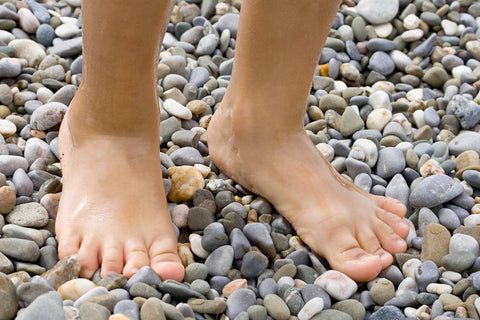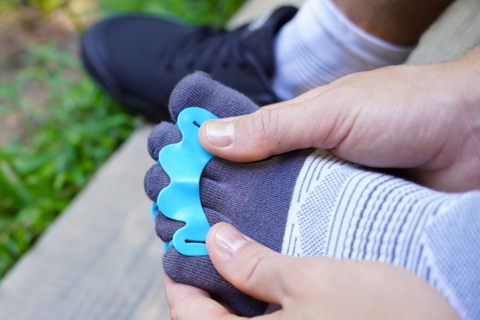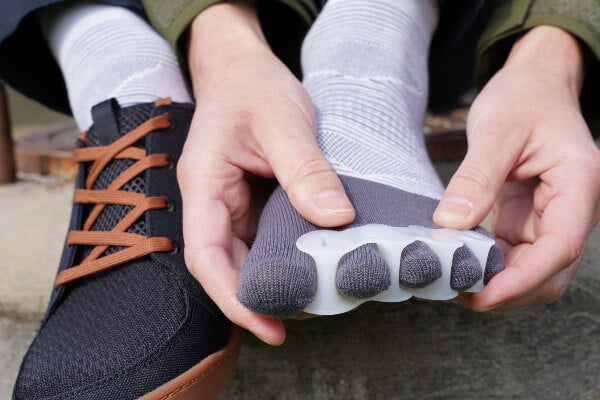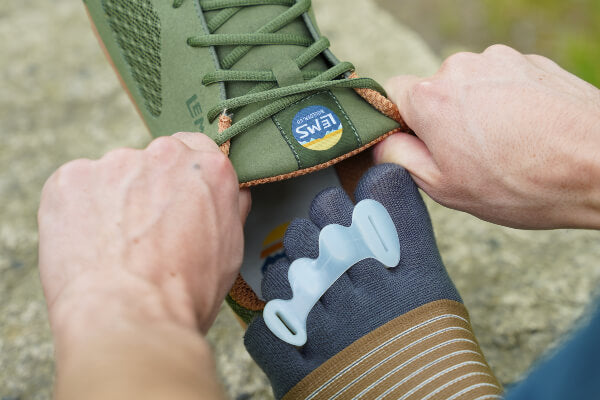Foot Health Research & Resources

Listed below are numerous journal articles, magazine and blog articles, and books that support a barefoot or minimalist shoe model for injury-free walking or running. These studies and books discuss the merits of barefoot living and the injuries commonly associated with the use of conventional footwear. Some of the articles discuss specific conditions, such as bunions, plantar fasciosis, and knee osteoarthritis. This body of work, in combination... Read more












